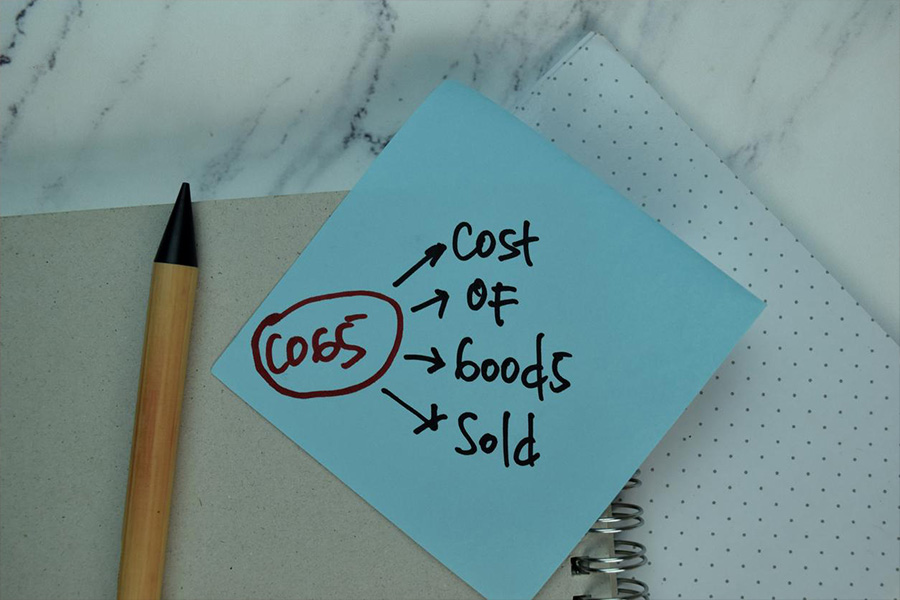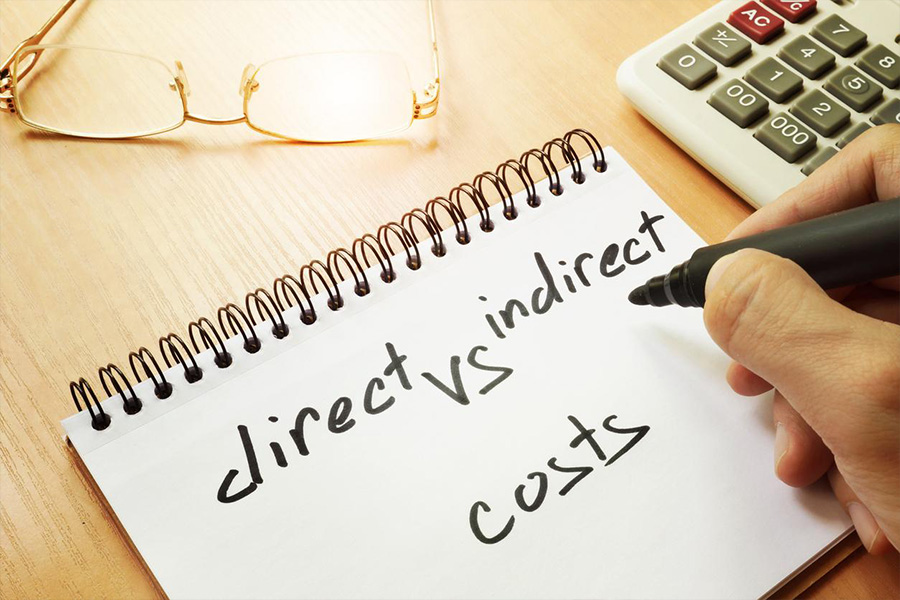The cost of goods sold (COGS) is more than just a four-letter word. When estimating the profitability of your business venture, it has a great deal of relevance. As a result, you gain control and the ability to make financially sound decisions by comprehending how COGS fits into your business.
With that in mind, this article will first go over what you need to know about what cost of goods sold means, before going in-depth and demonstrating how to calculate it and what is included in the cost of goods sold.
Table of Contents
What is cost of goods sold?
The purpose of cost of goods sold
What’s included in cost of goods sold?
How do you calculate cost of goods sold?
Cost of goods sold example
The bottom line
What is cost of goods sold?

The cost of goods sold (COGS) is a company’s total expense (direct cost) to produce a product. Mainly, the costs include raw materials and cost of labor. But, most businesses include indirect costs such as shipping and distribution as part of COGS.
The principle is any cost that a company will incur before selling the product is an expense that needs accounting. Therefore, any cost arising after producing and dispatching the product is an expense but different from the direct initial cost.
With an increase in revenue, more resources are usually needed to produce goods. Therefore, COGS rises with the increasing sales revenue. Often, COGS comes second to after-sales revenue in a company’s income statement.
Other direct costs can be fixed costs like factory expenses not related to production, storage, and others that a company might consider a cost. General administration overheads are also not part of COGS.
Businesses always factor COGS to break even, boost their profits, and tax purposes. The expenses incurred are also known as the cost of doing business.
Likewise, COGS is used to calculate the gross profit for a company resulting from total revenue minus COGS.
The purpose of cost of goods sold
The purpose of COGS is mainly to establish the actual cost of producing the merchandise within a specific period. Production cost may increase from time to time depending on inflation and the cost of raw materials.
Goods produced that are not sold or kept in the inventory during the accounting period are not part of COGS. For instance, cars produced the same year that are not sold will not form part of COGS. So, accurate COGS helps the management and investors track the business’s performance.
Good performance for any company will result from an outstanding balance between COGS and sales revenue. A high COGS eats into the company’s profit margin affecting the net profit but is suitable for income tax purposes.
For example, when calculating all business expenses including COGS, the company offsets the said expenses against total revenue when tax remittance is due. This means the company pays tax on net income, reducing the total amount of taxes owed when remitting tax.
In essence, while high COGS reduces taxes, the business ultimately loses because the company’s profit shrinks. It’s vital to efficiently manage COGS to increase profits.
Maintaining low COGS translates to high net profits and handsome returns for shareholders.
What’s included in cost of goods sold?
- Materials
- Labor
- Operations
The cost of goods sold is often the wholesale price for each item, which comprises the direct labor costs associated with producing each commodity.
Materials
- Some raw materials for selected products can be scarce, hence they can become expensive and subsequently drive up COGS
- Cost of other materials used together with the raw materials to churn out the end product
- Wrong procurement of materials that might result as a double cost since the company is forced to repurchase the correct ones
- Acquisition of substandard raw materials that might require a redoing of the product
Labor
- Complex products need specialized manpower to produce. The more complex a product is, the more costly the labor will be
- A robust distribution network is a cost that may involve satellite offices, shipping costs, or company owned trucks to ferry the products that require fuel, maintenance, and workforce to run
- Cost for procuring spare parts and outsourcing engineers for maintenance of the company’s hardware and software
- Factory staff: Compensation for assembly line managers, supervisors, and production line workers
Operations
- Office staff: Compensation for managers, administrative costs, and any other office employee
- Costs for utility bills, office rent, and any other cost that arises while producing the items
Differentiating between direct and indirect costs

The difference between direct and indirect costs assists in the COGS calculation. Essentially, COGS is widely accepted as a direct cost for production. Differentiating costs guarantee an accurate result of gross profit for a company.
Direct costs include:
- Raw materials or merchandise for resale
- Inventory cost of produced products
- Supplies for merchandise production
- Costs of packaging
- Rent and utilities
Indirect costs are as follows:
- People involved in realizing the product
- Administrative costs
- Storing costs of the product
- Equipment for manufacturing the merchandise
- Office staff equipment
- Equipment depreciation cost
How do you calculate cost of goods sold?

COGS is beginning inventory added to purchases during the said period minus the ending inventory represented as:
- Beginning Inventory + Purchases – Ending inventory = COGS
Previous merchandise not sold in the past year is brought forward and combined with current production under the beginning inventory.
At the end of the year, whatever was not sold is subtracted from the sum total of beginning inventory and purchases for the year. The result is COGS for the concluded year.
Cost of goods sold example

Assuming that a company’s inventory at the beginning of the year is $30,000. It made purchases worth $9,000 throughout the year. At the end of the year, the company’s ending inventory is $10,000.
To get COGS using the previously highlighted formula:
($30,000 + $9,000) – $10,000 = $29,000
COGS = $29,000
The bottom line
For any company or business to chart a profitable path, paying close attention to COGS is pivotal. Balancing COGS and sales revenue is an essential metric that keeps the company afloat and sustainable, guaranteeing meaningful profits.








